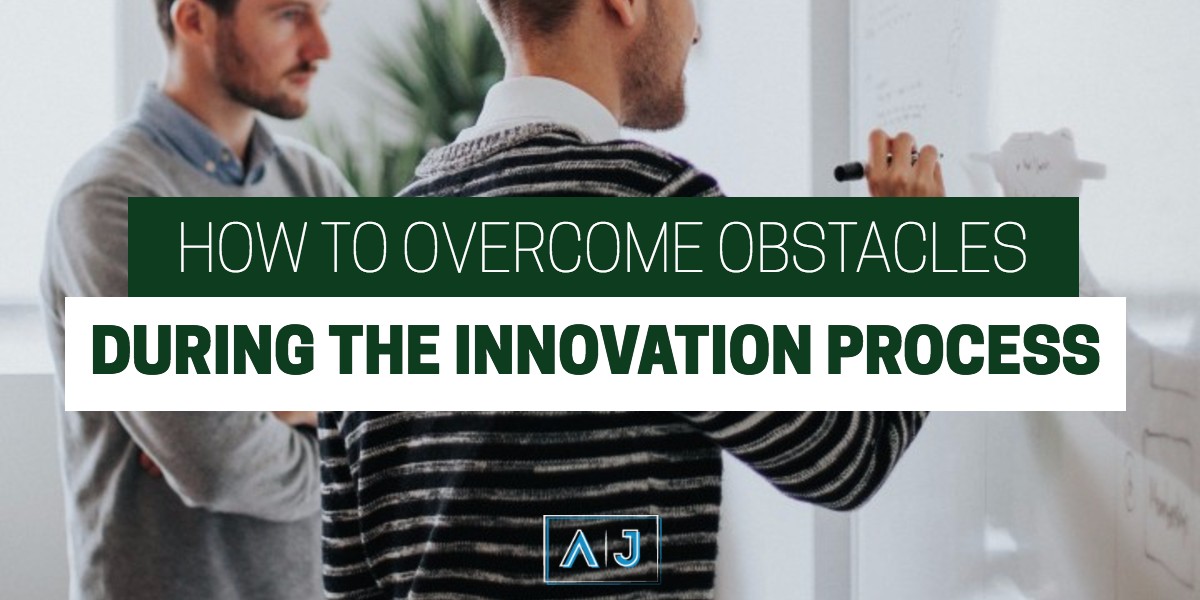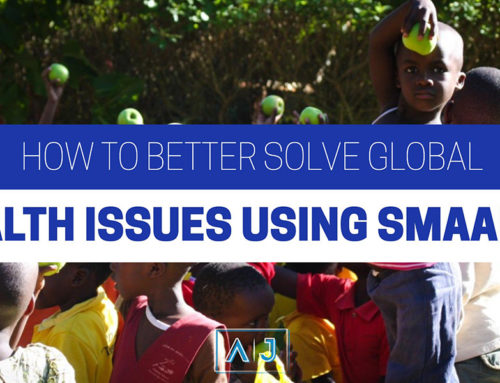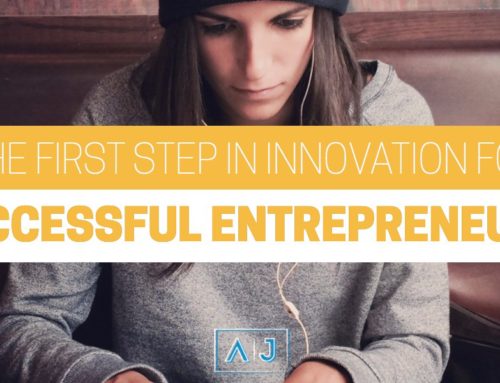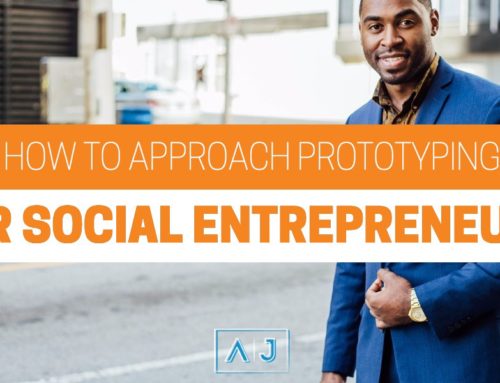The last couple of weeks, we’ve discussed how important forming your ideas and research are to the entrepreneurial process. While I argue those are the most important aspects of turning an idea into a product or service, they aren’t always the most fun. The good news is, today’s topic is!
You’re ready to innovate.
This is the part where things begin to take shape. You’ll start manifesting your idea into reality by taking all of the work you’ve done and building an actionable strategy around it. All your brilliance and creativity will have an opportunity to shine.
Here are some key things to keep in mind during this step:
- Be as practical as you are creative. Although I encourage you to think far outside the box, remember this is the final vetting process for your idea. Essentially, you’re tying together steps 1 and 2 so you can physically manifest your solution into a prototype. So, anchor your innovation in the reality of your research.
- Poke holes in everything. Relentlessly ask questions. This is where you “what if-ers” will truly shine. Feel free to get a little ridiculous with your questions—though you don’t necessarily have to design to outliers, you still want to be aware of them. They may become a bigger issue than you first assumed, but at least you weren’t caught by surprise!
- Answer “What-Ifs” with research. So you’ve asked 1,000 questions, poking holes in every piece of your concept. It’s time to answer the questions. Hopefully, you laid enough groundwork in the research phase to answer most of your questions outright. However, there will be some the research doesn’t quite seem to address. Those are the ones that will make or break your solution, depending on how you answer them. I’ll outline more on how to handle these later in the post.
- Send your inner critic on vacation. Innovation is no time for your pesky inner commentator to tell you how dumb you are and how stupid this idea was to begin with. Kindly tell that little voice in your head it’s opinion has been heard, then send it packing! You’ll probably have to remind it several times it was not invited to the party, but its presence is only detrimental to this part of the process. Rather, invite your inner skeptic. Skepticism is good. Criticism is not. You’ll want to be skeptical about things when you analyze them, always with the goal of innovating a solution. Criticism will just shut you down—it will tell you there is no solution and to just quit. Tell it hush, and keep at it.
- Collaborate with trusted partners/advisors. A fresh set of eyes is always beneficial at this stage. Imagine if you were a painter, and you knew something was missing from your work’s composition, but your nose was glued to the painting, so you could only see what was directly in front of you. That’s how innovation can be sometimes. You’ve spent so much time working with and nurturing this idea that you’re too close to it to see the bigger picture.
This is where a mentor or trusted peer can come in handy. This can be anyone you believe has the skillset to objectively help. While you may love and trust your technology-adverse grandmother to pieces, if you’re developing an app for depressed teens to connect and find help, she probably isn’t your best bet. Your cousin who works as a counselor at a suicide hotline is probably a better partner.
Completing the Innovation Process.
You’ve laid it all out there, lined up your research behind how you plan to implement, gotten a second opinion, and you still have loose ends you need to tie up.
Perhaps you’re unsure how you’ll deploy your solution. In the example with the app for depressed teens, you might be stumped on how best to determine safety risks and concerns based on a user’s behavior. Despite your extensive research, you can’t see a clear “how-to” or “best practice”. Your collaborative partner or mentor has supplied some ideas, but you’re unsure which direction to head in.
The solution? Play chess. Not literally, though you could if it will help you get your thought processes going. What I’m suggesting is that you play with your end goal until you reach a check mate. View the obstacle as your opponent. It’s your job to innovate and strategize your way across the board and corner the king (aka the solution to your problem).
“How exactly?” you ask. It’s relatively simple, as all complicated things are. You simply line up all your ideas and determine which are the pawns, the rooks, the knights, and so on. Then you play the game. Sticking with the app for teens, maybe your pawns are specific keywords your user types into chats. Perhaps your bishops are weekly pulse check questions where you ask your user how they’re feeling and they rate it. Your knights are analytics measuring how long a user spends on the app, specific pages, or even heat maps of the content they’re absorbing. And so on and so forth.
Team assembled, you do everything in your power to win. Even in the initial stages of this innovation session, you may discover you’re missing pieces. Perhaps you have no queen to protect your king (the user). Maybe you have too many pawns and not enough knights. Often times, all you have are pawns. Through this process you discover that as helpful and powerful as technology is, there’s no replacement for human connection in this scenario. So, you decide to develop a chat feature and integrate that with a service similar to a suicide hotline, making it easy for teens in harm’s way to get help.
Check. Mate. Innovation process complete. You’re ready to prototype! (Which I’ll discuss in my next post.)
You can create a Global Solution in 6 simple steps.
My 6-step approach to creating global solutions is a proven method I’ve used time and time again. I use it when I mentor and when I advise the United Nations or large corporations. It really does work, which is why I’ve compiled it into a free guide just for you. Of course, it’s hard work, but it doesn’t have to be complicated.
Click the Subscribe button, fill out the form, and my Guide for Creating Global Solutions will automagically appear in your inbox.



















Leave A Comment